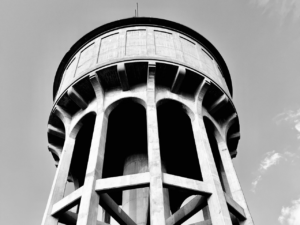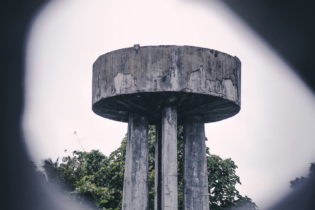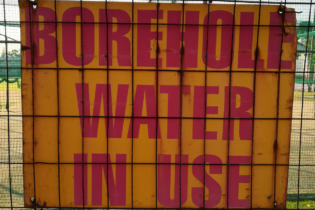The current water crisis in Gauteng affects both industry and home use, with the 15 million residents worried about long-term water security in the province.
The
Strategic Water Partners Network (SWPN) is a co-chair arrangement between the Department of Water and Sanitation (DWS) and the private sector.
The SWPN has three core functions:
- Leadership and elevating action on water to an executive level: Communicating with the sector as well as water users to improve the water situation through leadership.
- Partnerships: Creating strategic and catalytic partnerships around specific interests and expertise within the water sector. The main drivers as of 2024 are addressing non-revenue water (NRW) and leaks within municipalities and creating water security in Gauteng.
- Projects: Working on projects in the public and private sectors that action the main drivers and reduce demand. Live projects are in Polokwane and Nelson Mandela Bay, with MOUs signed with Rand Water and Johannesburg Water.
Currently, in Gauteng, there is an R70 million investment into increasing the water supply, but as Johannesburg Water reduces daily use from 1750 Mℓ per day to 1356 Mℓ per day by September 2025 the focus also needs to shift to reducing non-revenue water, fixing, and preventing leaks, and focusing on water-wise usage on the consumer’s end.
Gauteng’s water dashboard
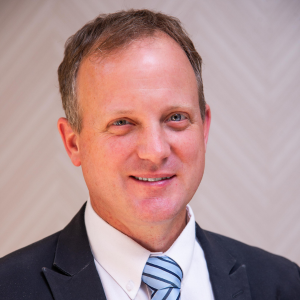
Peter Varndell is the CEO of NEPAD Business Foundation and serves on the secretariat of SWPN.
“The current water situation illuminates the need for good data to make informed decisions and transparency. Transparency between the department, the various stakeholders and the water users is crucial if we are to lift ourselves into water security,” says Peter Varndell the CEO at
NEPAD Business Foundation who serves on the secretariat of SWPN.
Alyssa Jooste, the Africa Sustainability Manager: Water Stewardship & Smart Agriculture for
The South African Breweries and Private Sector Co-Chair for the SWPN adds, “As a partnership between the DWS, water users, and the private sector our goal is to achieve the water and sanitation master plan set by the department. Closing the demand and supply gap and reducing NRW must be done collectively with accurate data that is also publicly available.”
The need for transparency is vital, as Johannesburg Water implements level 1 restrictions and water users often ask why they are bearing the brunt of the supply problems. As intermittent supply hits parts of Johannesburg – especially the commando system – asking consumers to reduce water usage can make them feel confused- “Why reduce water if I haven’t got any?”
The ongoing efforts by Rand Water, Johannesburg Water, and the DWS must be visible if consumers are to trust them, and this is why the SWPN and the DWS along with various stakeholders initiated the
Gauteng Water Usage Dashboard.
The aims of the dashboard are to provide:
- Real-time water consumption patterns and trends
- Current system status and capacity levels
- Detailed infrastructure performance metrics
- Non-revenue water monitoring
- Updates on municipal water management initiatives.

Alyssa Jooste, the Africa Sustainability Manager: Water Stewardship & Smart Agriculture for The South African Breweries and Private Sector Co-Chair for the SWPN.
Jooste says, “This dashboard allows for data-driven decisions on the top end while providing insights to water users who wish to understand their usage better.” Varndell adds, “The information available can be overwhelming and contradictory, so to have a ‘single source’ that the entire sector can rely on is invaluable.”
Jooste and Varndell agree that the dashboard can inform and change consumer behaviour. It showcases the impact of using water-saving principles at the ground level and allows water boards and utilities to implement plans and actions that can be benchmarked and tracked with solid data.
Varndell explains “The dashboard sources its data from a mix of smart metering, regular manual metering, and information provided by municipalities.” As the “single source of truth” this dashboard is the result of collaboration and partnerships.
The director general of DWS Dr Sean Phillips who led this project says, “This dashboard exemplifies what we can achieve when different sectors unite around a common purpose. “It’s designed to evolve based on stakeholder needs and feedback.”
Non-revenue water
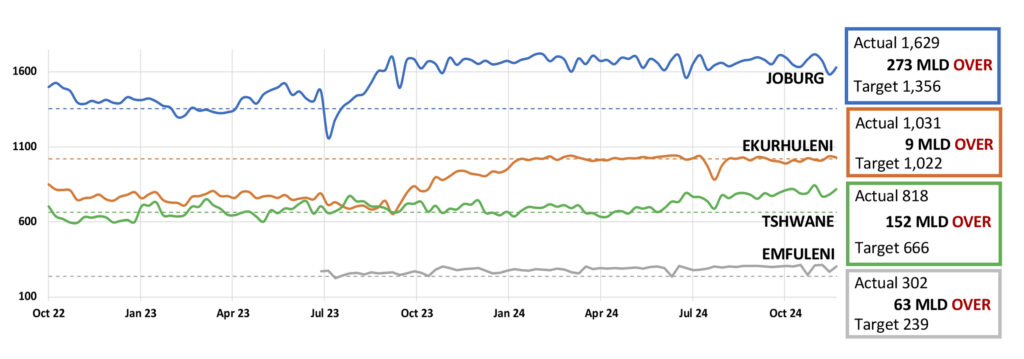
A snapshot of the weekly water consumption for Gauteng’s municipalities for November. All four are currently overusing water as per their mandate and goals.
As a main driver for the SWPN, NRW represents both the failure to be proactive and an opportunity to implement real change that will secure Gauteng’s water for the future.
Varndell says, “Municipal water is the DNA of the SWPN. The No Drop report, as well as the real need to support municipalities as they combat NRW, is at the heart of our decision making.” NRW is a massive issue within the South African water sector. Nearing 50% NRW is a mix of unbilled water, flat rate water usage, illegal water connections and leaks which account for 24% of the total water usage in Johannesburg.
Jooste elaborates, “Failure to collect revenue is undermining the entire system. NRW represents future revenue that could be collected and reinvested into infrastructure and water conservation strategies. Additionally, NRW is not a monolith and should be dealt with on a case-by-case basis, considering the local context. Part of the SWPN’s projects entail tailoring the project to meet the specific needs of a municipality rather than a one-sized approach.”
The dashboard monitors all water usage, and therefore NRW’s impact is transparent. This viable data allows for actual intervention rather than relying on general fixes.
One of the barriers to addressing NRW is funding and economic viability, something the SWPN has addressed through multiple projects. A project in Polokwane facilitated by SWPN addressed the dire situation of the municipality through public-private collaboration and achieved significant results in its implementation.
“The project which sought to address water security in the region was a success and importantly it showed that there is a short payback period when addressing NRW,” says Jooste.
As Gauteng proactively battles the water supply crisis, the
Gauteng Water Security Dashboard, which can be found on the DWS website, along with the results of other projects in South Africa lays down a path to closing the water supply gap, reducing demand, and increasing supply before 2030.





